









SHIVA
lord
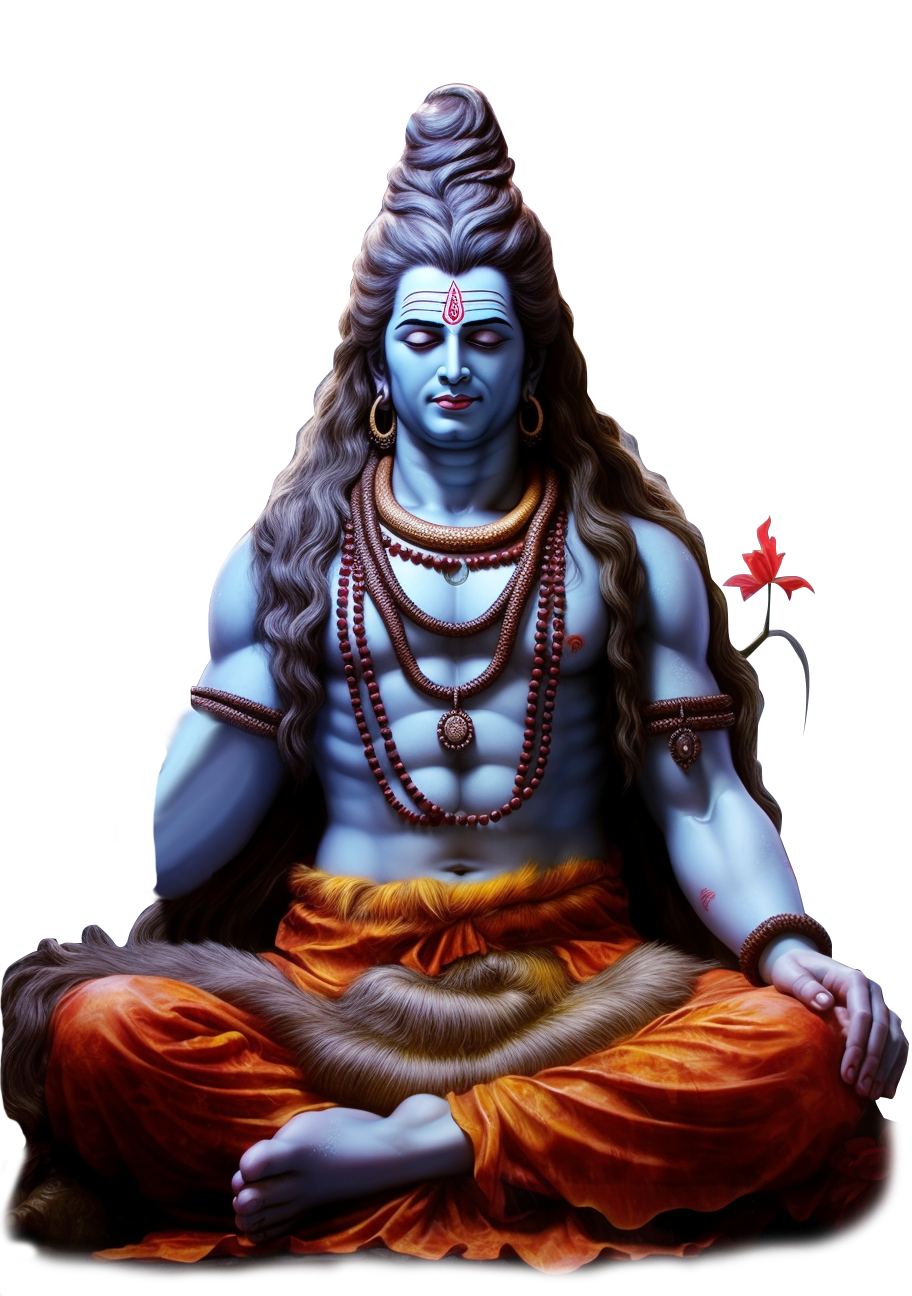


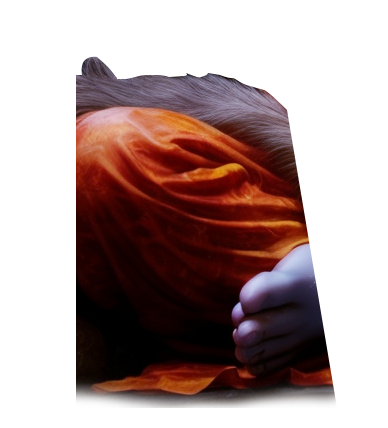




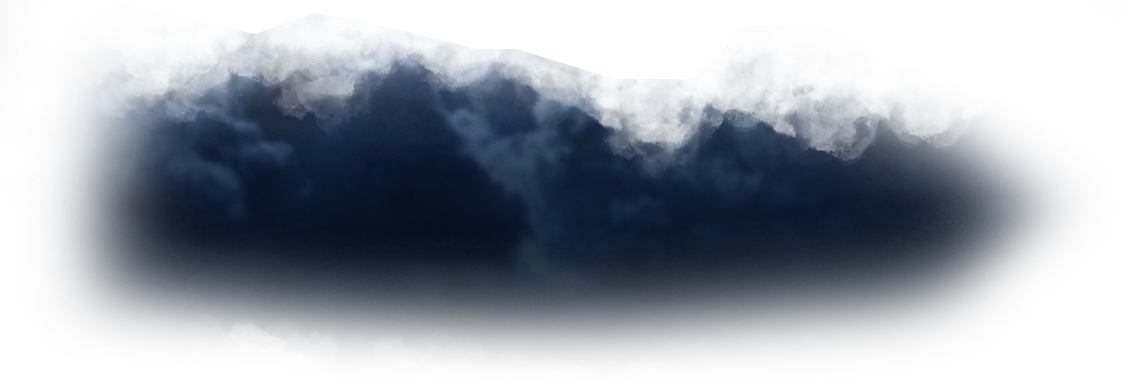










Indian gods and goddesses represent many aspects of life, the cosmos, and human qualities, embodying strength, wisdom, devotion, and divine grace.
In the pantheon of Indian deities, the Trimurti, consisting of Brahma (god of creation), Vishnu (god of sustenance), and Shiva (god of destruction and renewal), represents the major aspects of divine power.

Indian mythology
Welcome to a wonderful world
Each of them has unique features, symbolizing different functions in the universe.






aspects of the
god shiva
This aspect of Shiva represents the dancing god whose movements symbolize the cycles of creation, destruction, and preservation of all things.
Dancing Shiva (Nataraja)
Shiva may appear in the form of Mahakala, the god of time and destruction, or in the form of Rudra, the formidable god who takes upon himself the function of destroying everything old and obsolete.
Mahakala and Rudra
This aspect of Shiva represents him in the form of half man and half woman, combining the male and female aspects of the divine nature.
Ardhanarishvara
Shiva is often represented as a lingam, an abstract symbol representing the divine energy of creation.
Lingam



The cult of Shiva has many different aspects and his image varies
depending on the region and tradition in Hinduism
Shiva is often depicted with his consort Parvati, who is also known as Shakti and Durga. Their union symbolizes the divine unity of the male and female principles.
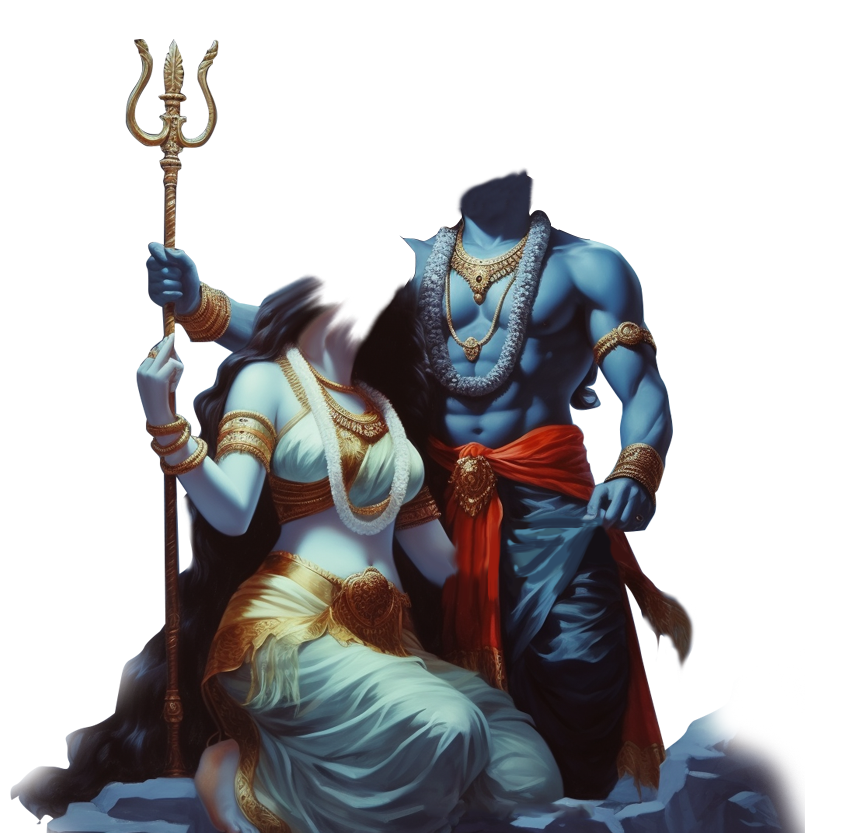

The Shiva family epitomizes the cycle of creation, preservation, and destruction, each member of which contributes to the balance and harmony of the universe.









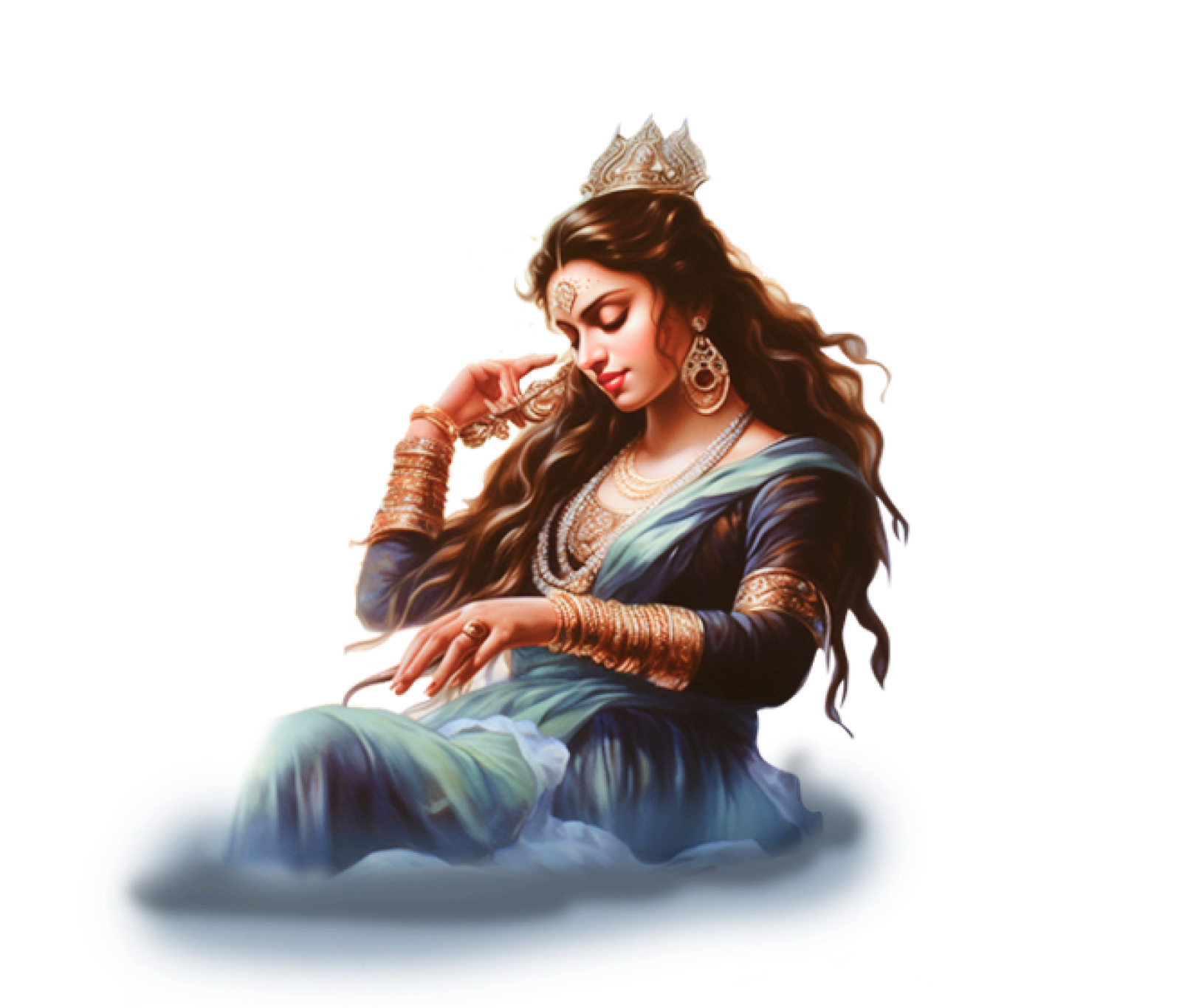
The legend says that Parvati was alone for a long time while Shiva ruled the world and accomplished great deeds, and she created a son who turned into a tall, handsome young man.
When Shiva returned home, he saw a young man who would not let him go to Parvati’s house while she was taking a bath.
Give Parvati a foam party. Click on the bubble as many times as you want.
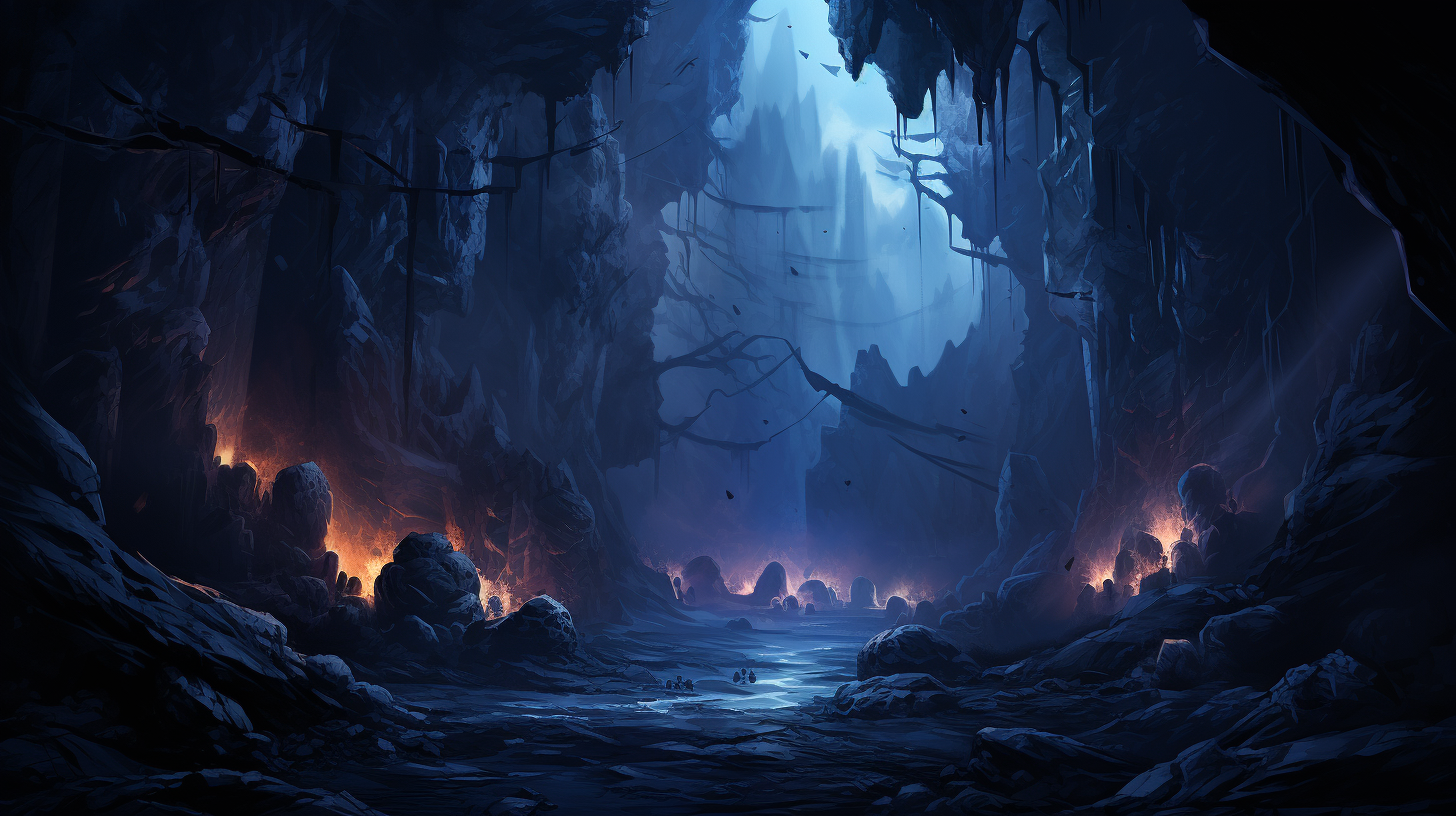
In anger he cut off his head and threw it so far away that none of those sent to him could find it.

Parvati, learning of this, manifested her true nature as Adi-shakti and, assuming a terrifying form, vowed to destroy the universe where her son had been killed.
Believers see Shiva as the steward of time and the destroyer of all that is obsolete,

to make way for a new





In terror the gods began to ask for mercy, and Shiva promised that her son would live.


Thus a new deity -Ganesha -the god of wisdom and well-being, who is now the favorite deity of many Indians, appeared.
He ordered that the head of any creature that slept facing north should be brought to him. The servants found only an elephant lying with its head facing north. A sacrifice was made, and the elephant’s head was offered to Shiva and he attached the head to his son’s body.




NUMBERS AND
FACTS
37
METERS
a statue of the Hindu god Shiva
Which is the main attraction of Murudeshwar in Karnataka

In the cult TV series "God of Gods Mahadev"
36
SEASONS
820
SERIES



34
giant
111-foot lingam
111-foot lingam
In the village of Chenkal, local craftsmen have built a temple of Shiva and Parvati (whose full name is Maheshwaram Shri Shivaparvati Temple) on the territory of the temple.
METER
The height of the building is comparable to a 10-story building.




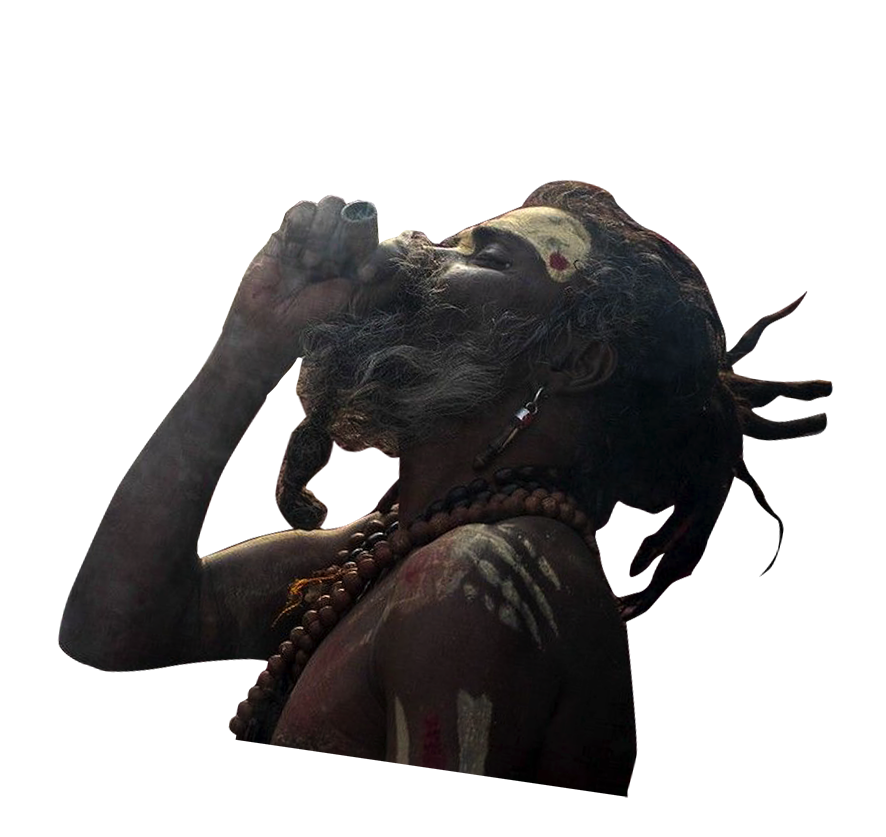

The great night of shiva
Maha Shivaratri is one of the most important Hindu festivals dedicated to the god Shiva. "Maha" translates to "great" and "Shivaratri" means "night of Shiva." The festival is celebrated during the night, when believers perform special rituals and prayers in honor of Shiva.
One of the special rites is abhisheka the washing of the statue of Shiva with sacred liquids such as water from the Ganges River, honey, butter, milk, and others. This is considered worship and blessing from the side of Shiva.




